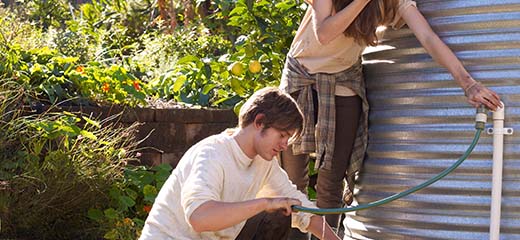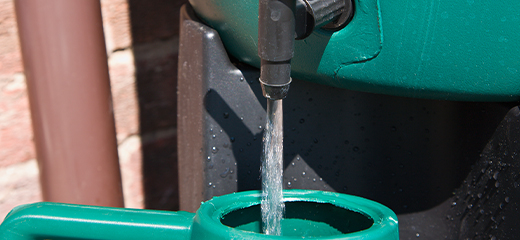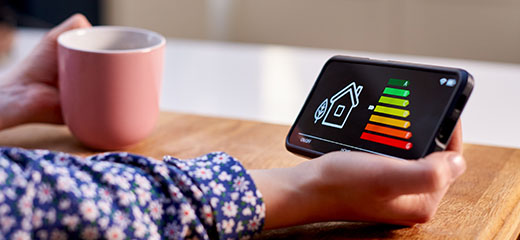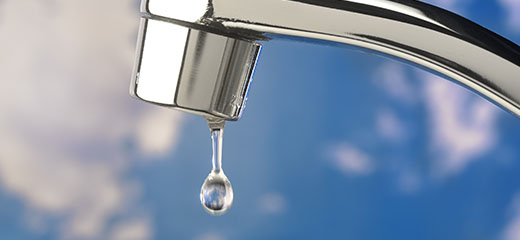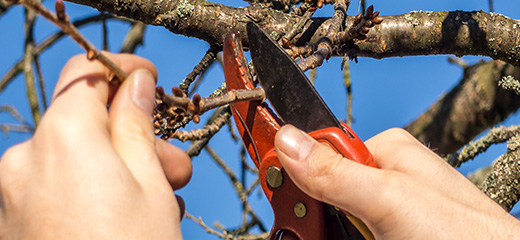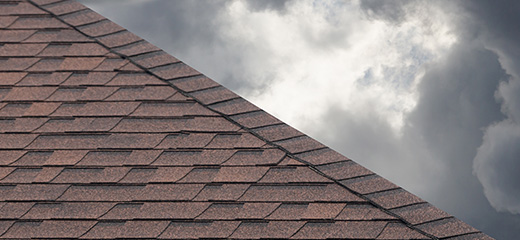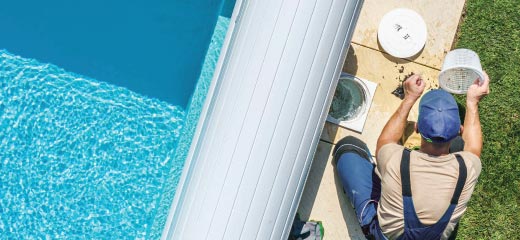
Tips for waterwise gardening
Water scarcity is a problem that South African homeowners can no longer ignore. In recent years, the cost of residential water supply has escalated, and many regions across the country have experienced water restrictions.
Bearing this in mind, it’s hard to accept that recent end-use studies have found that garden irrigation amounts to as much as 40% to 60% of the average annual household water demand.
Reducing the amount of water you use in your garden doesn’t mean you’ll be stuck with a stark and colourless landscape. In fact, using a few of these waterwise gardening tips will ensure your outdoor sanctuary is inviting and full of colours too.
- Get rid of water thieves
Some plants are called ‘water thieves’ because they not only require a lot of water, but also often starve surrounding plants. Use a free app, such as PlantSnap, Babylonstoren or Garden Answers on your smartphone to identify the existing plants in your garden and head to the internet to learn more about how much water they require.
- Choose indigenous
South Africa boasts a wide variety of beautiful flowers, bushes and trees, and, what’s more, indigenous plants are better able to thrive in low water conditions. Head to your local nursery and speak to a consultant about local options. You’ll be surprised at the colourful varieties available to you. Use a combination of perennials and annuals to delight the eye, no matter the season. Succulents come in many eye-catching shapes, sizes and colours and have the added benefit of needing minimal watering.
- Best placement
Different plants require different amounts of water and access to sunlight. Make a note of the conditions – morning sun, afternoon sun, full sun, semi-shade and full shade – of the proposed planting area and ask your nursery for the best options. Zone high, medium and low-water need plants separately to ensure your less thirsty plants aren’t drowned. Plant high and medium-water need plants in zones that receive the most water when it rains.
- Capitalise with containers
Whether it’s hanging baskets, window boxes, long planters or a collection of different-sized plant pots, container planting gives you the opportunity to mix things up in the design of your garden and are particularly attractive on balconies, patios and alongside driveways. Container planting also saves water as you only need to water according to the plant’s needs and you don’t need to worry about the water being ‘stolen’ by surrounding plants.
- Keep your soil rich
Speak to your nursery about the best way to boost the organic matter in your flower beds as this will help your soil hold water more effectively. Keep your soil well mulched as this will reduce evaporation.
- Paradise pathways
Introduce paths to your gardens with pavers, stepping stones, sleepers and gravel. Not only do these paths not need water, but they also guide the eyes on a journey around your garden. Add a gravel, bark mulch or pebble garden around the base of trees where grass battles to grow and reduce mud without interfering with the natural drainage to your tree’s roots.
- Minimise lawn areas
Grass needs a lot of water to stay green and lush, and in the winter months, your grass can leave your whole garden looking drab. In addition to pathways, including a couple of design features or seating areas in your garden is a stylish way to reduce the amount of lawn and cut your water bill. Artificial grass is also gaining in popularity with its increasingly good looks and long lifespan. What’s more, you’ll save many hours of lawnmowing time. Be sure to select an artificial grass option with built-in drainage to prevent your new lawn from getting waterlogged and ensure the earth underneath benefits from rain.
- Water wisely
Now that you have set up your garden to need less water, learn to water less frequently but more thoroughly. Where possible, let the rain do the work for you but if you’re experiencing a dry spell, remember that it’s best for your plants to water early in the morning or late afternoon during summer and early afternoon during winter. Pay attention to your municipal website and social media for any hosepipe restrictions.
- Save your rainy days
If your plants could talk, they’d choose rainwater over tap water every time. This is because rainwater is free of salt, minerals and chemicals; is slightly acidic and contains nitrates which are an important macro-nutrient. Unfortunately, most of the rain your garden gets is lost to the underground water table or heads straight down the drain. This doesn’t have to be the case though. Rainwater harvesting not only significantly reduces the water costs of your garden, but it also leaves you with a greener and healthier outdoor sanctuary.
LookSee is a free home efficiency platform aimed at making homeownership easier and more affordable.
